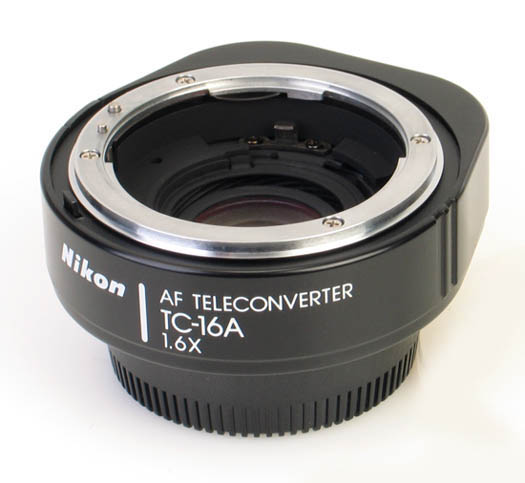
We have been looking for this photoleinen L everywhere with no success. There is not a single pack on ebay, not even in the sold items section.
But one day Macodirect found some old products in one of their warhouses. Amongst them was MACO structura LUX photolinen.
Now im starting to learn how to use it. Either we were very lucky with our single Argenta print or the Maco linen is a lot harder to work with. There are several traps to avoid with this paper, but once you know of them it produces wonderfull prints and i plan to use them for my next exhibition.
But one day Macodirect found some old products in one of their warhouses. Amongst them was MACO structura LUX photolinen.
After some searching on the internet i found this fact sheet on Tech Chat. I went ahead and asked Maco how much they had and got a fair price for the lot.
Now im starting to learn how to use it. Either we were very lucky with our single Argenta print or the Maco linen is a lot harder to work with. There are several traps to avoid with this paper, but once you know of them it produces wonderfull prints and i plan to use them for my next exhibition.
Pitfall 1 - The emulsion doesn't like water!
When kept in any fluid for too long, it forms blobs that sticks out from the cloth like warts. When dried the warts withdraws into the emulsion, but are still visible as low contrast spots. The solution is to be quick. With strong developer, fresh stop, two bath fixer, hca and a quick rinse is however not a problem. Just be quick about it!
Pitfall 2 - The surface is not even
Getting things in focus is very hard. One have to remember that the focuscope shows the focus of the top of the cloth. One sees a lot more than that. Compensate and stop down!
Pitfall 3 - The emulsion is thick and prone to melt
When drying the linen one have to keep two things in mind. Be quick about it to keep the warts mentioned above to form and keep track of the temperature. Drying it hanging in the film dryer works fine, but it will be hard to get the print flat after that short of steam ironing it on a very low temperature (backside). Leaving it on the grid is too slow (warts) but they keep a little more flat. So for air drying i go with one stint in the film dryer until they are half way dry and then put them on the grid over night. Then i can get them flat in the mounting press by turning the heater on for one minute and then just leave them there for an hour or so until they have reached room temprature again. If i want glossy prints i leave the heater on for 5 minutes instead.
Pitfall 4 - Not every negative suits to be printed on cloth
As with any paper, it suits its own sets of motives. Its just more obvious with cloth. Gloomy stuff look great, so do trees while lots of details tend to get mixed up with the woven structure of the cloth.
So what does it look like?
Well, you are welcome to see the results on my upcoming exhibition late spring. But here is one of the first prints that are considered for the wall.
 |
| Memorial grove of Skogskyrkogården with fuji gx680 and the fujinon 125/3.2@5.6. Printed on linen cloth and slighly hand coloured. |
 |
| Another print of the same negative with the focus deeper into the cloth and a few minutes selenium toning. |










